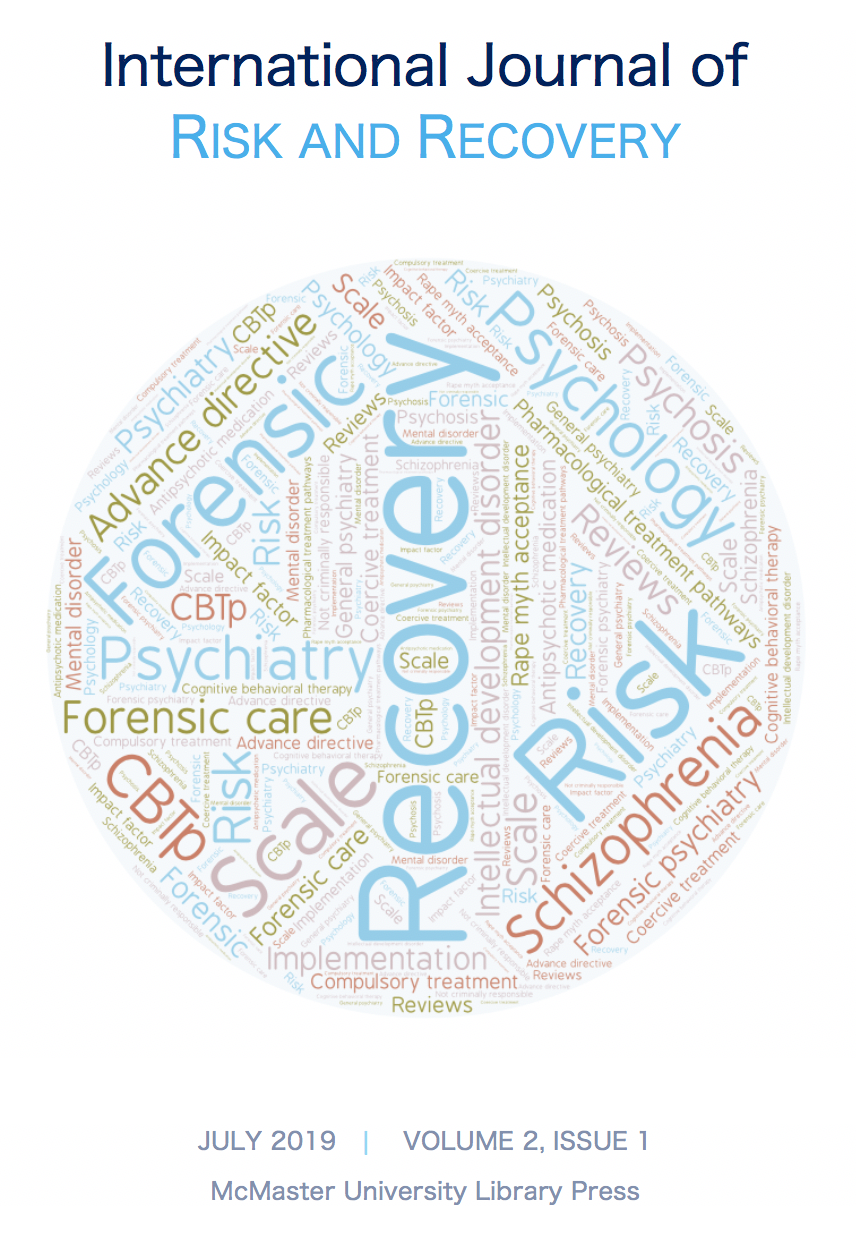Echelles d’évaluation de l’acceptation du Mythe du viol : Intérêts et limites
Benefits and limitations
DOI :
https://doi.org/10.15173/ijrr.v2i1.3587Mots-clés :
Forensic, Acceptance of Rape Myth, Rape, Sexual offense, Perception, Cognition, ScalesRésumé
Les violences sexuelles, dont le viol est l’un des extrêmes, suscitent dans la population générale des attitudes de négation, de minimisation ou de justification des faits, ou encore la responsabilisation de la victime, traduisant l’adhésion à un ensemble d’attitudes, de croyances et de stéréotypes que l’on appelle Mythe du viol. L’acceptation du Mythe du viol favorise les viols, minore leur dénonciation et majore leurs conséquences pour les victimes. Depuis l’émergence de ce concept dans les années 1970, près d’une trentaine d’échelles ont été créés pour tenter de le mesurer. Ce article présente l’intérêt et les limites des principales échelles : « Rape Myth Acceptance Scale » (Burt, 1980), l’« Illinois Rape Myth Acceptance Scale » (Payne, Lonsway et Fitzgerald, 1999) et l’« Acceptance of Modern Myths about Sexual Aggression Scale » (Gerger, Kley, Bohner et Siebler, 2007).
Téléchargements
Publié-e
Comment citer
Numéro
Rubrique
Licence
Copyright Notice
Authors who publish with this journal agree to the following terms:
- Authors retain copyright of their work and grant the International Journal of Risk and Recovery the right of first publication with the work simultaneously licensed under a Creative Commons Attribution License. This allows others to share the work with an acknowledgement of the work’s authorship and initial publication in this journal.
- Authors are able to enter into separate, additional contractual arrangements for the non-exclusive distribution of the journal’s published version of the work (e.g., post it to an institutional repository or publish it in a book) with an acknowledgement of its initial publication in this journal.
- Authors are permitted and encouraged to post their work online (e.g., in institutional repositories or on their websites) before and during the submission process as it can lead to productive exchanges, as well as earlier and greater citation of published work. (See The Effect of Open Access.)

